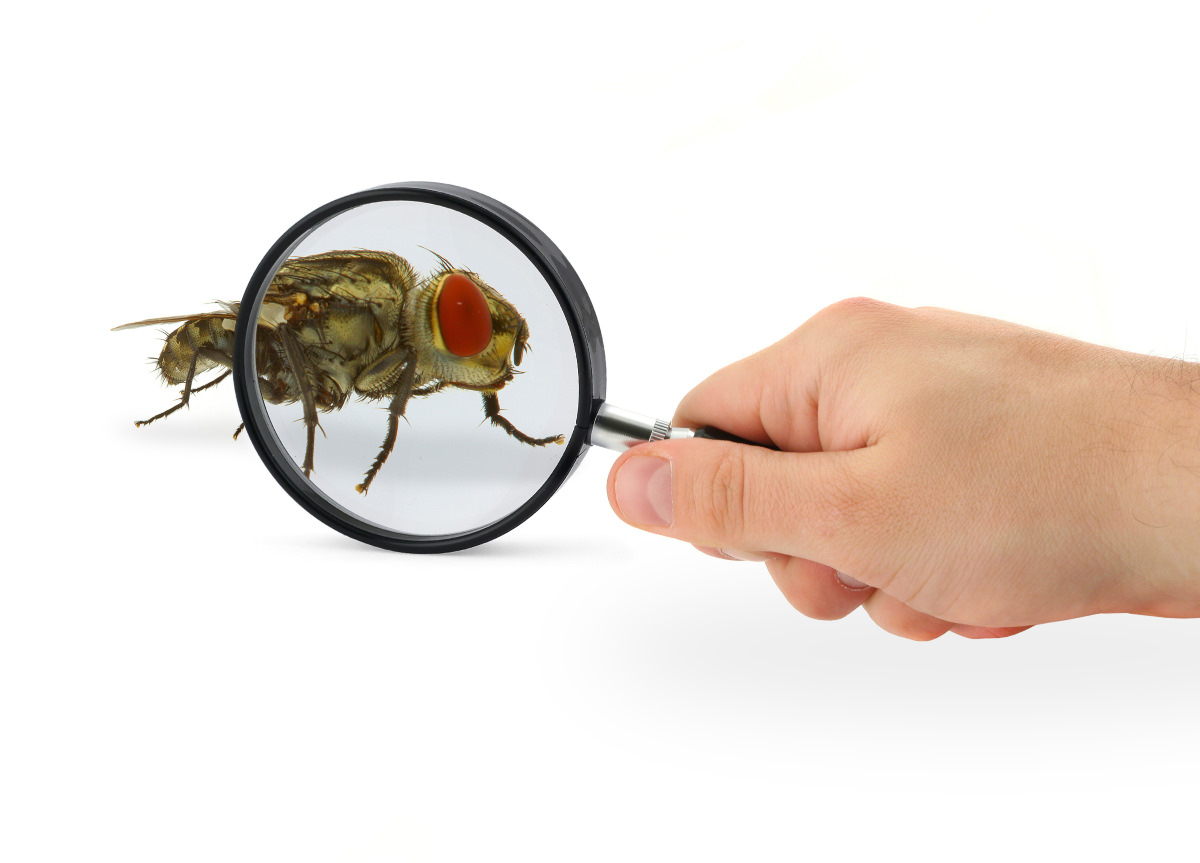
Worried that someone is listening to your calls or secretly filming you? You may not be completely paranoid. Nowadays, getting hold of great-quality spy cameras and listening devices isn't that difficult, and they’re very easy to hide. There are also many reasons a person might want to carry out this kind of surveillance. For example, gather evidence in a legal case relating to business, compensation claims or divorce cases. Someone may also want to eavesdrop on confidential information being discussed behind closed doors.
This has been reported to high-profile people and companies recently, with sports organisations such as the New Zealand All Blacks Rugby team having to sweep conference rooms for bugs before important meetings regularly. If you want to be 100% sure that your home, office or any other given space is completely free of surveillance bugs and cameras, here’s what you need to do. The following are 10 quick steps to help put your mind at ease that no one is watching or listening:
- Turn the lights off. A quick way to detect a less sophisticated bug is to switch the lights off and visually check around the room. When recording, a camera or other device may have a tiny red or white light visible, blinking or static. You can also shine a small, direct torch around the room to see if you can catch any reflection from a camera lens shining back at you.
- Do a manual check of key points in the room. It takes just 5 minutes to inspect light fittings, bookshelves and under desks visually - these are the most obvious places someone would hide them. You can also take more time to check out seemingly innocuous everyday items such as phone chargers, air fresheners and smoke detectors, which may not all be what they seem. Many modern spy cameras and bugs are disguised as household objects, making them very hard to spot. You can check to see if an item is functional if it isn'tt and theres no reason why not, it could be a disguise for a camera.
- Check your computer for malware. Decent anti-malware software is the best way to pick up any malicious programs or viruses that could spy on your emails, documents and online activity. Research the options, install a reputable programme and run a deep search on your computer regularly. Also, it would help if you always were very careful when downloading or installing anything new and what links you click when using the internet.
- De-bug your phone. Keeping your phone free of malware and spy bugs has never been easier. You can now run programmes and devices to protect your calls, texts, emails and internet history. Its important to do this regularly, just like de-bugging your laptop or desktop computer.
- Listen to the phone line. Unless your phone has been tapped in a very sophisticated way, take a second to listen to the phone line (landlines only) in case there are any tell-tale sounds of listening bugs. Are there any unusual noises, like clicking sounds or interference? Make a test call to a friend or your own answer machine if you need to test it out further.
- Make a beeline for small, round holes. Inspect any dark, round pinholes in a room (such as the fixings used to hang pictures and the screw holes in self-assembly furniture) immediately to see if they can fit a camera lens inside.
- Use an RF bug detector. If you have the money to spend on this specialist piece of kit, this is by far the most effective and quickest way to completely sweep a room for bugs. A detector picks up radio frequencies that are transmitted in the room. Someone secretly recording or filming will likely use RF signals to monitor or receive the data. Turn off your electronic and electrical items and slowly walk around the room with the detector. If theres anything there, the detector will make a sound this increases in frequency and/or volume the closer you get to the source of the transmission.
- Investigate new or disturbing items. If you are very familiar with the space, you'll immediately spot if there is a new object in the room. You can also see if objects have been re-arranged (i.e. the leaves of a plant artfully arranged around a particular spot on a bookshelf) or if there are any tell-tale marks on dusty shelves. By investigating these spots immediately, you're likely to save time and pick up bugs much quicker.
- Look for debris. Something will likely have been disturbed if a bug has been installed in a room. Do a quick check for cracked ceiling tiles, damaged floorboards, and piles of brick dust or shavings. If someone hasn't had time to clean up, these could be the giveaway signs of secret surveillance.
- Check next door. If you have access to the room or rooms surrounding your space, it's always worth a quick check inside. This could be suspicious if something is locked or out of order when it shouldn'tt be. You may also uncover evidence of devices used for listening through walls or signs that someone has installed a bug in your room, such as a hole in the wall of a recently accessed vent.
Its not necessary to do all of these checks every day unless you are very concerned about unwanted surveillance, and some steps, such as using RF bug detectors, may completely put your mind at ease.